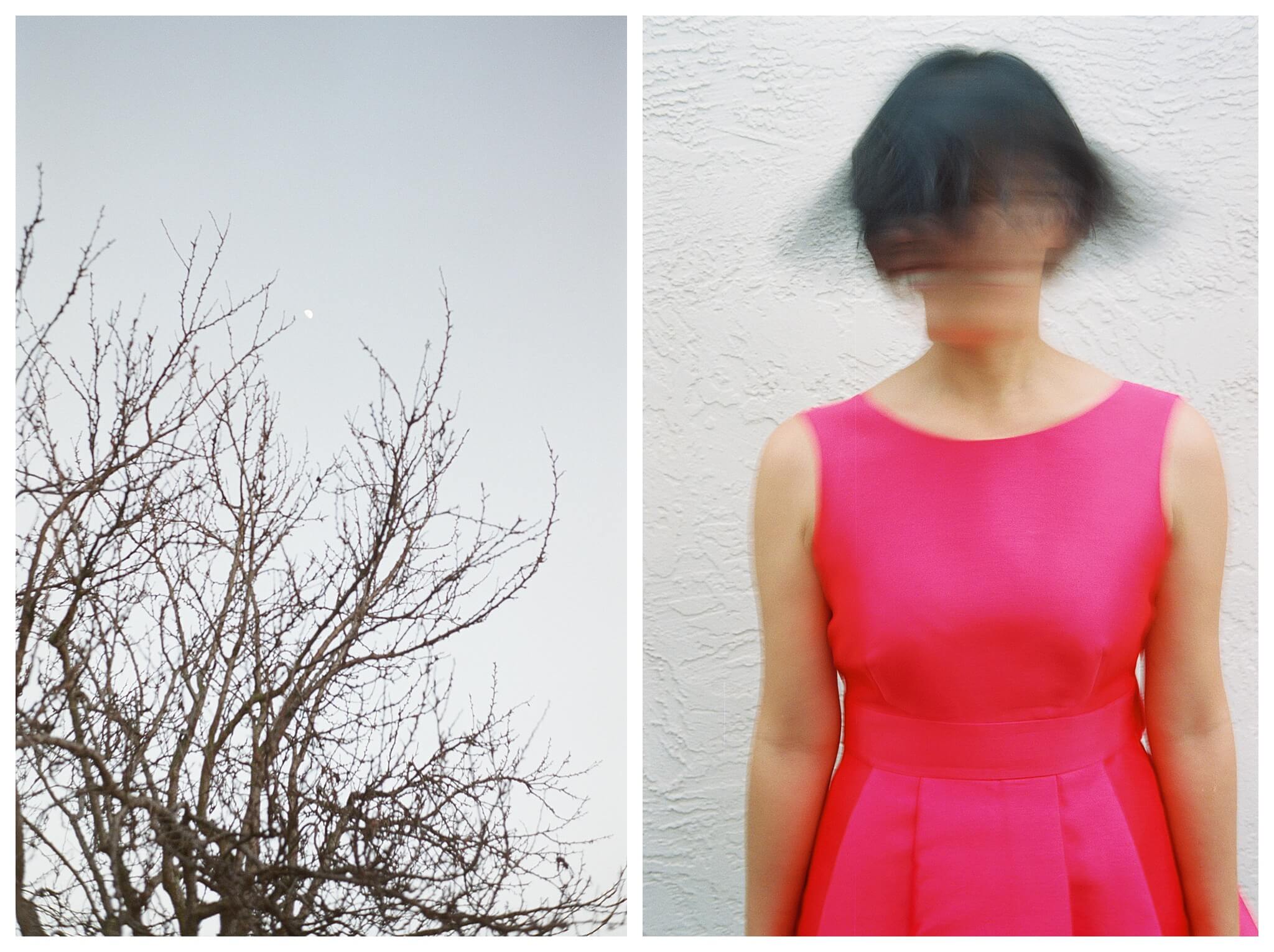The Rollei 35 first caught my eye a couple years ago when a creative I follow first flaunted hers. I was intrigued as I watched her carefully unconsolidate the camera, which was only about as big as her palm. The lens slid out from apparently no where, and there was so little pomp and fuss about the whole thing that I thought to myself that I would like one, too.
I probably watched the video a dozen times, zooming in an out, curious about a Rollei that was so unlike my TLR. However, further research revealed that it was scale-focus only (you have to guess, essentially) and some found it difficult to use. Since film is $$$$, the pure spirit of experimentation this camera offered seemed more risky than adventurous. I shelved the pursuit and forgot about it.
Then, earlier this year as I scrolled Facebook Marketplace, one caught my eye. Even more enticingly, it appeared in mint condition.
I’ve been going through an artistic slump at the moment, feeling relatively uninspired and discontent. Not quite sure what I actually want to create, I look at what fellow creatives are making around me and feel left out and jealous that I’m not doing the same.
Which means to say, what first deterred me from this camera — experimentation — now seemed like an invitation to step out and try something I wanted for myself, as opposed to something I wanted to do to fit in. Plus, when I learned the backstory to this camera (supposedly, the previous owner was a president of RCA Records — can you imagine the photos it took in its past life?!), I couldn’t say no.
It’s been mine for barely a few weeks, but I’ve already developed the first roll. These are straight scans on Fuji 400h (which, to my deep chagrin, is being discontinued). The goal was not perfection but an act of worship: To see the beauty in the everyday and to practice joy and gratitude for it.
Rollei 35 Review
(Updated 2/28/22 with sample images from my road trip to Birmingham.)
Funnily, it’s been almost exactly a year since I procured the Rollei 35, and I must say it’s come one of my go-tos. I LOVE that it can literally fit in my coat or sweater pocket. No pockets? I let it dangle on my wrist and slide my ID and credit card into the case with the camera. The shutter is so quiet—now I understand why people say it’s perfect for street photography.

I’d say for me, a perfectionist (who is not recovering), the only major drawback (which is also a plus) is the zone focusing.
If you’re unfamiliar with zone focusing, it means that you pick a distance (on this camera, you have 3, 4, 6, 10, 20, and infinity feet) and everything in that distance will be in focus.
That being said, it’s great for street photography because you don’t have to fiddle with the focus—just shoot, and as long as your subject falls within the range, you’re good.

However, it’s also (in my case) always a guestimate, so I’ve “lost” some shots because I couldn’t estimate properly…although I’m learning to embrace imperfection, so it doesn’t bother me too much now.
Overall, this is going to be the camera that’s always in my bag. I love using it to photograph family, friends, and casual snapshots. The 40mm focal length some say is awkward, and I do agree. It’s not quite wide enough like the 35mm or long enough like the 50mm…but you can say that’s part of the charm.

The last thing I’ll mention is the internal light meter. It requires a pretty specific flat battery to operate, and I haven’t been able to locate one. If you’re comfortable with the Sunny 16 rule or always have an external meter, it’s not a huge deal. But, it’s worth finding a battery (and a meter that works) if you don’t.
Sample Images
Locations: St. Helena, CA; Golden Gate Park; my backyard. I usually never meter with this camera; I use the Sunny 16 rule and it usually works.







I am a San Francisco Bay Area film photographer specialising in the floral portrait, families, love stories, and (personal) brands. Want to work together? Get in touch! I’d love to know your story. If you need fine art prints & posters to decorate your home, check out my print shop!
comments +